Most people in the diet and exercise community hold honey in high regard. It’s a natural — and tasty! — food boasting quite a few health benefits, like anti-inflammatory capabilities thanks to the high volume of antioxidants and a low glycemic index.
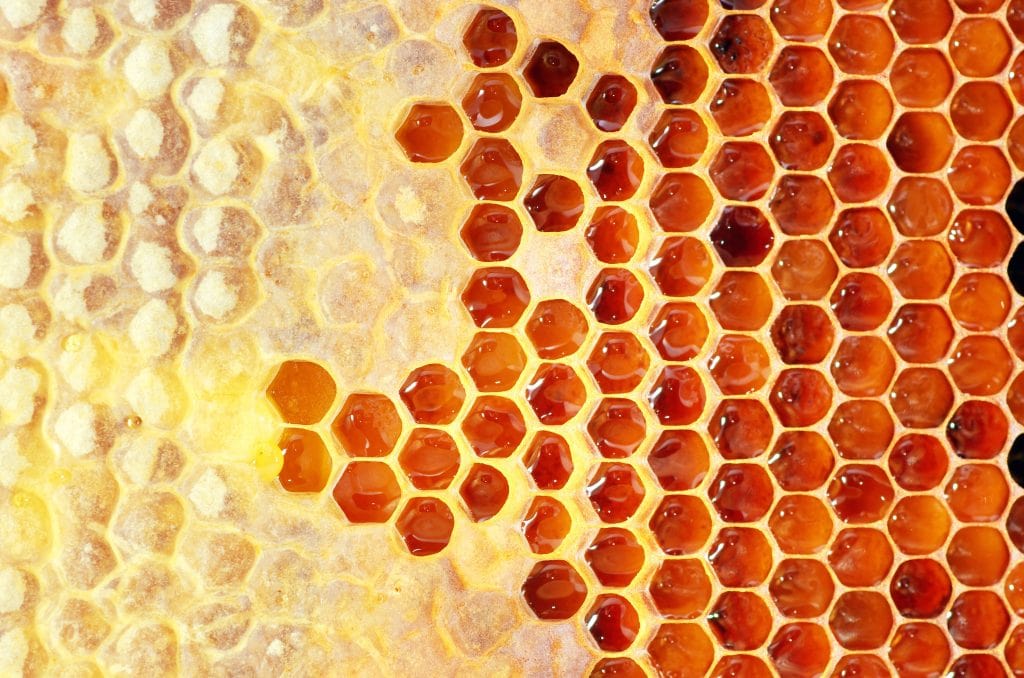
As delicious and nutritious as it might be, you probably already know that it’s relatively high in sugar. You might be wondering, can you have honey on keto? The short answer is: no, if you’re on keto, honey is generally not ideal. However, there’s a bit more to it than that. Let’s dive in!
Is Honey Keto-Friendly Or Low-Carb?
When you opt to follow a keto diet, the goal is to put your body in a state of ketosis, which is when your body is forced to use fat as a fuel instead of carbohydrates. “Keto” is a natural way to avoid sugars being stored as fat and instead burn fat that is already stored.
To reach ketosis, you need to consume fat and protein and avoid carbs as much as possible.
The problem with eating honey on a ketogenic diet is that it’s made entirely of fructose and glucose, both of which are simple sugars that your body will happily use as fuel. Once enough of these sugars are consumed, you’ll be bumped out of ketosis, and your body will stop drawing on its fat stores for energy.
Is Raw Honey Keto-Friendly?
Many people assume raw honey is healthier than processed honey. In reality, all types of honey aren’t much different on a nutritional level, so raw honey contains fructose and glucose just like processed honey.
Since these sugars are likely to take you out of ketosis, raw honey is also not recommended for a keto diet.
With that being said, there are some ways you could work honey into your keto diet and still stay in ketosis.
How Much Honey Can You Have On Keto?
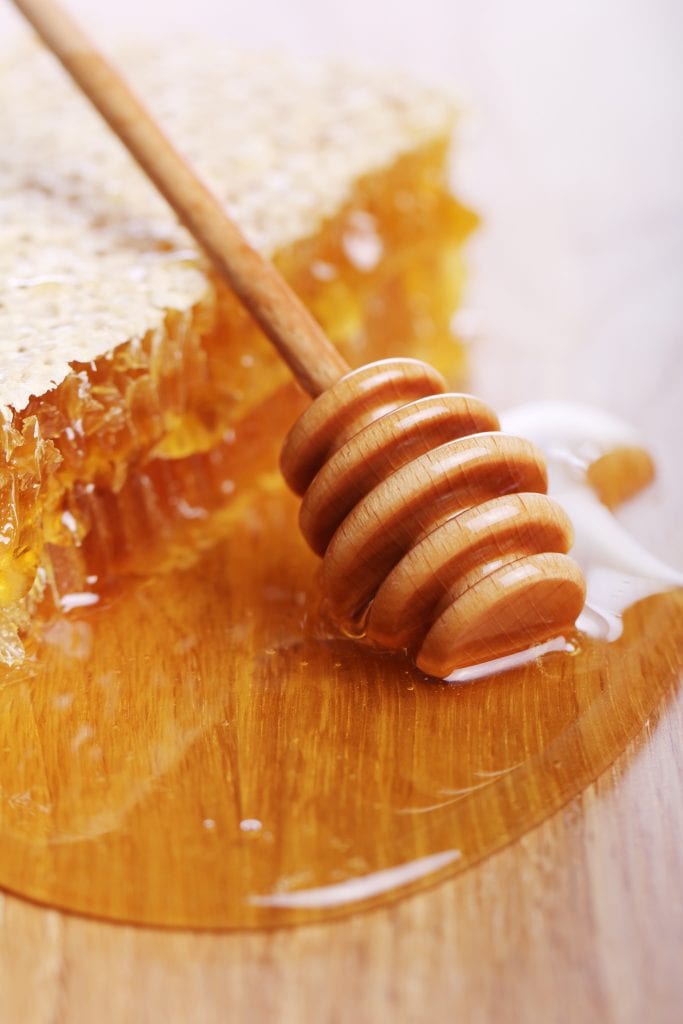
Most experts consider honey to be a generally healthy food, so not everyone on keto will want to exclude it from their diets entirely. Luckily, adding some honey to your daily intake is possible even if you’re on a ketogenic diet.
How much honey you can have depends on how strictly you limit carbohydrates. Some individuals find that they can have as much as 40g of carbs a day and still produce ketone bodies, a clear sign that ketosis has been achieved. Others might be able to have just 10-20g, while you might restrict carbs entirely, consuming 0g daily.
If you are able to maintain ketosis even when you eat carbs, you can opt to add those carbs in the form of honey.
A tablespoon of honey has about 16g of sugar, which is very carbohydrate-dense. As such, limiting yourself to one to two tablespoons a day on a keto diet is best for most people. Just make sure you use keto test strips to confirm your carb intake isn’t bringing you out of ketosis.
Ketosis is different for everybody, and one of the most significant determining factors for how many grams of carbohydrates you can eat without falling out of ketosis is your activity level. Athletes can sometimes consume 75-100g of carbs daily and still remain in ketosis.
If you choose honey as your primary source of carbs, you could consume up to about 4 tablespoons if you’re highly active.
What Can I Use Instead of Honey On a Keto Diet?
If you’re one of those keto dieters who finds that even small amounts of carbohydrates stop your body from carrying out ketogenesis, but you’re craving the sweetness of honey, you’re in luck! There are several alternatives that will satisfy your sweet tooth without the abundance of sugars.
Stevia
Stevia is a natural sweetener derived from the Stevia plant. The plant’s abundant sweetness comes from glycosides rather than sugar. Glycosides are chemically similar to sugars but aren’t processed the same way by our bodies.
Stevia offers the sweetness you might be craving but with just one gram of carbohydrates per serving. It can also be used in many keto recipes, including baked goods.
Monk Fruit
Powdered monk fruit is another great low-carb alternative to honey. It provides the sweetness you might be craving, but it contains no sugar and no carbs.
The sweetness of monk fruit comes from mogrosides, a unique form of glycoside that isn’t processed like sugar by the body.
Sucralose
Many people are familiar with sucralose, as it’s most commonly used in diet sodas and other low-calorie drinks and foods that provide a sweet taste. Sucralose is one of several artificial sweeteners that your body is unable to process. As such, it contains no calories and no carbohydrates.
Most research on sucralose suggests that it doesn’t cause weight gain, although anecdotally, it’s not considered to be the healthiest option as far as sweeteners for weight loss go.
Erythritol
Erythritol is a sugar alcohol that is made by fermenting glucose. The resulting alcohol maintains the sweetness of sugar but without the calories.
This sugar-free sweetener contains 0 calories and zero grams of carbs, making it a perfect alternative to honey for those keto dieters with a sweet tooth.
Allulose
Allulose is a sugar just like glucose and fructose. However, it contains far fewer calories than sugar — about 1.5 calories and 4g of sugar/carbs per serving. It offers a sweet taste but without all the calories in honey.
Allulose is naturally found in certain fruits, like dates and raisins.
Remember: regardless of which sweetener you use, you’ll need to limit your intake to ensure that your total number of carbs for the day doesn’t exceed your implemented limit.
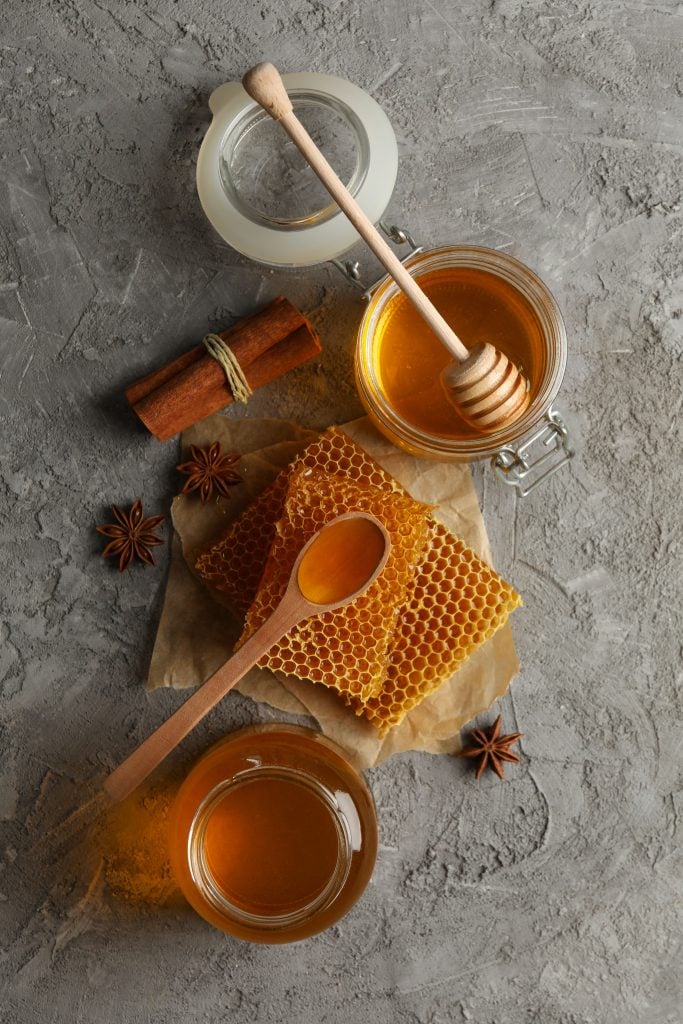
What About Honey On a Cyclical Ketogenic Diet?
If you’re a keto dieter who follows a cyclical ketogenic diet, where you cycle between long periods of aiming for ketosis broken up by a day or two of less restrictive eating, then you might be able to enjoy honey more regularly.
With a cyclical ketogenic diet (CKD), you could get your carbs during your keto phase from honey, provided you remain under your total carb limit for the day. For example, if you consume no more than 20g of carbs daily to remain in ketosis, then one tablespoon of honey each day would be suitable.
You can consume even more during the 1-2 day periods where you don’t restrict carbs as heavily. Most people on a CKD can consume 2-3 tablespoons of honey during their loading phase.
This much honey on any keto diet is best accompanied by intense exercise to limit the risk of dropping out of ketosis.
Can I Eat Honey On a Targeted Ketogenic Diet?
A targeted ketogenic diet (TKD) follows the idea that creating a relatively small spike in your blood sugar levels just before a workout won’t pull you out of ketosis.
If you’re on a TKD and plan on hitting the gym, you can reasonably consume 1-2 tablespoons of honey about an hour before your workout. Doing so can help you maintain good energy levels and still carry out ketogenesis.
You should be careful with the amount of honey you consume on a TKD, as many dieters overcompensate for their workout and end up consuming too many carbohydrates.
If you plan on a very intense workout, 2 tablespoons of honey before you begin will likely be acceptable. If you’re doing a more moderate or shorter workout, stick with just one tablespoon or less to be on the safe side.
Wrapping Up: Can You Have Honey On a Keto Diet?
The bottom line is that being in a state of ketosis requires a restriction of carbohydrate consumption, and honey contains carbohydrates. Whether or not one can consume honey on a keto diet depends on the individual.
Honey contains about 16g of sugar per tablespoon, so if you allow yourself 20g of carbs a day, you can safely consume just over one tablespoon daily.
Other common questions on a keto diet are “can I eat” things like popcorn, rice, onions, mushrooms, radishes, balsamic vinegar, sour cream, cinnamon and cool whip. Read our full write up on each for more information.
If you’re on a cyclical keto diet or a targeted keto diet, honey might be a good option for you during your loading phase.
Most health experts maintain that honey is a healthy food that offers antioxidants and vitamins. There are plenty of ways to work raw or processed honey into your diet and still remain in ketosis; you’ll just have to be careful not to overdo it. If you have any questions about using honey while on a keto diet, drop a comment below!
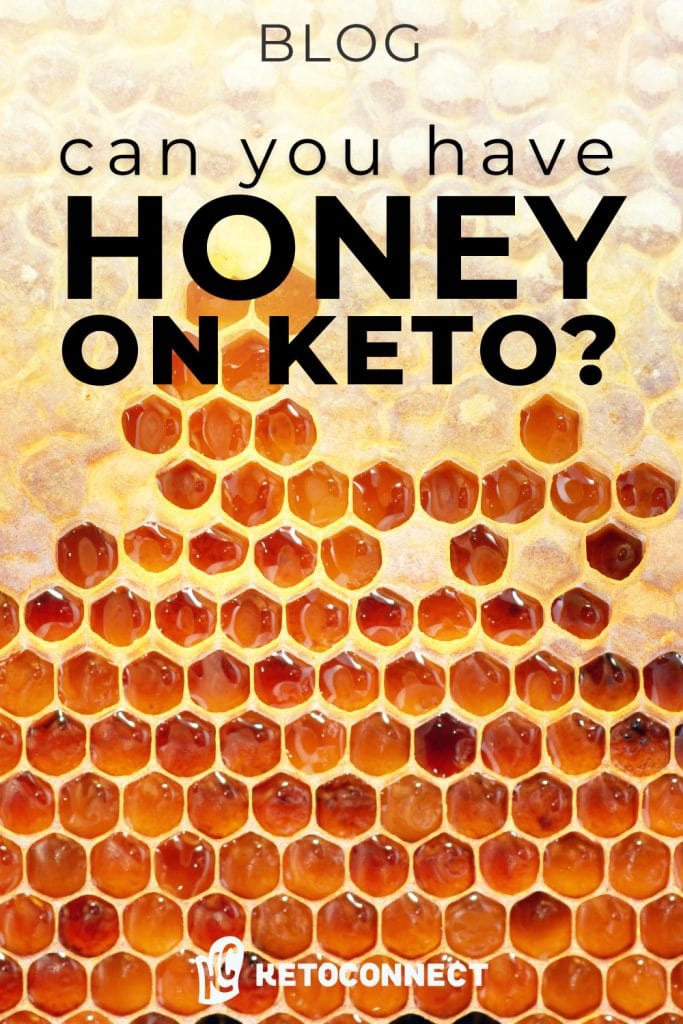
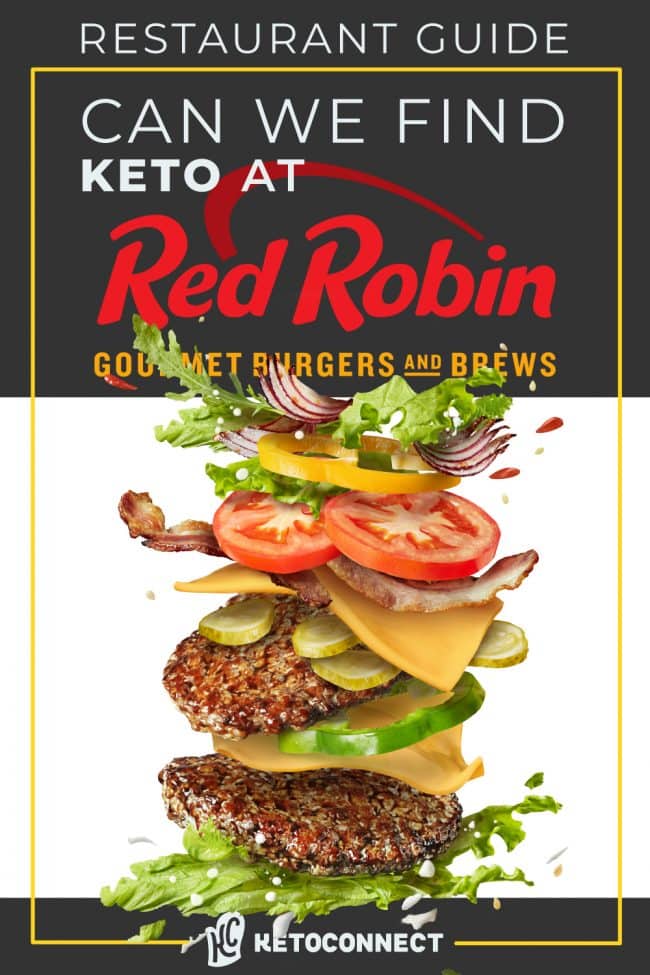

Leave a Comment